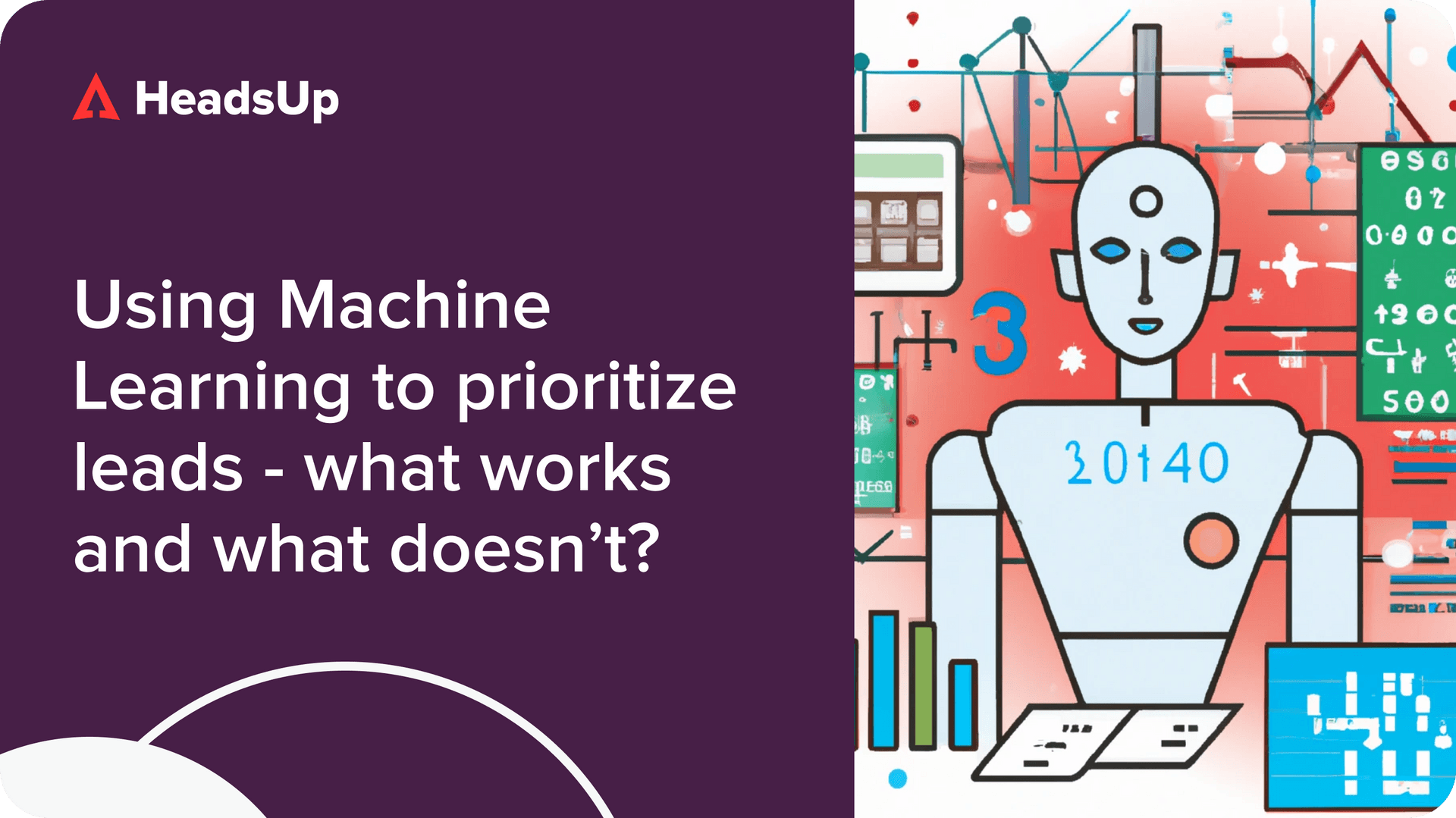We interviewed Vercel about building a world-class sales-assist team a few months ago.
It was one of our most popular podcasts ever.
I know you’re all thinking about how to better marry sales + PLG.
So, this post is all about sales-assist. What it is, how to hire, how to incentivize. I’ll share what we learned from Vercel, but also other PLG companies like Zapier and Confluent. Also check out the podcast with Kevin Van Gundy, Vercel’s CRO, and Morgane Palomares, Senior Director of Growth and Revenue Marketing.
But first, a journey back in time…
In 2016, Slack founder Stewart Butterfield took the stage at SXSW. Slack was worth $4B and the times were good. The product was growing organically, with little paid marketing and no sales teams.
Stewart made a bold statement: No sales.
Like Salesforce’s ‘No Software’ campaign, this was actually a pretty clever marketing move. Bold statements stand out.
As an operating principle however, it was less useful. Slack had already started to see the downsides of ‘no sales’: Competitors took advantage of Slack’s viral growth. Once Slack showed a company how much it needed a work chat, Microsoft would send in Sales to persuade senior execs to switch to Teams. Slack was acting as lead gen for the competition.
In truth, Slack had already started to layer on sales. Early PLG companies like Slack and Dropbox would experiment with how the traditional seller role could work with a PLG company.
(Data based on 30 SaaS unicorns like Front, Retool, Gusto, Salesforce. [Source])
What is sales-assist and why should we care?
Sales-assist is a new type of sales role adapted for the PLG go-to-market motion. A sales-assist rep ensures that users (including free users) are successfully using the product. Making sure users see value encourages users to convert from free to paid, upgrade to a higher tier, or increases their usage.
You can think of sales-assist as combining elements of sales, customer success, and support.
To make it clearer, let’s look at a hypothetical example of a users experience with sales-assist at Webflow, a no-code website builder:
- A user signs up to Webflow and starts trying out the product. They find it a bit confusing so usage starts to stall.
- Webflow’s internal system flags this user as important, because they work for a company that is fast-growing and has a strong use case. The system also notices that usage has slowed and flags it to sales-assist.
- A sales-assist rep looks at what the user has done within the product, and reaches out with a piece of content showing the user exactly how to accomplish what they set out to do.
- The user gets unblocked and increases usage. At one point they start checking out the pricing page.
- The rep notices this and reaches out again to explain how pricing works. The rep shows the user the benefits of the paid plan.
- The user upgrades to paid, and invites a few teammates into Webflow. The rep again reaches out and shows everyone how to use the collaborative features. Usage increases and sets the account up for further expansion.
- The sales-assist rep collects the feedback throughout this process and delivers it to product teams to improve the self-serve experience.
Building the team
Who should build the motion?
Sales-assist leaders come from many different functions, including:
- Sales-leaders (e.g., Rob Falcone at Guru)
- Growth and marketing execs (e.g., Morgane Palomares at Vercel)
- GTM generalists (e.g., Pranav Piyush at Bill.com)
- Bizops (e.g., Steeve Vakeeswaran at Zapier)
There are 3 criteria that are important when assembling a team to kick off the sales-assist motion.
1) Good at cross-functional collaboration. This is why sales-assist leaders might not just hail from sales. This function is inherently cross-functional, needing help from:
- Growth product teams for PQL identification
- RevOps to access data on usage and customers
- Marketing for content they can deploy when speaking to users
- Customer Success, Support, and even Engineering to unblock users or stamp out bugs
2) Strong problem-solving abilities. There isn’t yet a clear ‘playbook’ for sales-assist, and building out the process and stack often requires experimenting with a lot of new methods and technologies. That’s why bizops pros can be a good fit.
3) Product and customer-oriented. The sales-assist role shouldn’t be laser-focused on quota and dollars. Sales-assist folks need a degree of obsession with the product, as well as the users.
Finding the right reps
Morgane Palomares is the Senior Director of Growth & Revenue Marketing at Vercel. She helped set up the sales-assist function there, also known as the ‘product advocates’ team.
She stressed that when hiring for the team, it’s not former sales experience that’s the most important. Rather, as Vercel is a dev tool, they really want reps to have a love for technology and an enthusiasm for the customers.
“We’ve hired former engineers, and we really love it if they come for an interview and show us a project they built with Next.js [the framework developed by Vercel].”
This theme of deep product expertise showed up at Zapier too. Steeve Vakeeswaran, Zapier’s Head of Sales and Expansion, said that he wanted candidates to be so comfortable using Zapier that they would be able to brainstorm use cases with customers.
To help you, we’ve collected sales-assist job descriptions from Vercel, Guru, Zapier – check them out here.
Incentivizing the team
When it comes to goaling the sales-assist team, we see a couple of different approaches:
1. Mainly base salary, with a bonus not heavily tied to revenue.
Zapier’s approach is to compensate everyone on a base salary, especially as they are setting up the team. Individuals would also be rewarded additionally for team success instead of hitting quota.
Similarly, Confluent paid out 80% of comp in terms of base salary, with a 20% bonus for providing customers with a great experience.
The advantage: Teams don’t worry about commissions, removing the pressure to hard-sell. This sets up a strong foundation for improving the user experience and collecting feedback.
2. Goaled against self-serve revenue, enterprise pipeline, and trials activated.
At Vercel, the team has 3 KPIs: the ability to generate revenue from self-serve users, create additional usage and expansion within enterprise customers, and ensuring high-value free users see value when trying out the product.
How do they prevent the self-serve team from selling over-selling the product? The answer lies in training and culture-building. Vercel spends a lot of effort hiring reps who are customer-focused and makes sure they understand that optimizing for short-term revenue actually hurts their long-term pipeline. The trials activated KPI also incentivizes reps to think about customer success.
Advantage: The impact of the sales-assist team can still be directly tied back to revenue and assessed objectively.
Are you working on your sales-assist motion? Subscribe to our newsletter below to learn more about product led sales!


